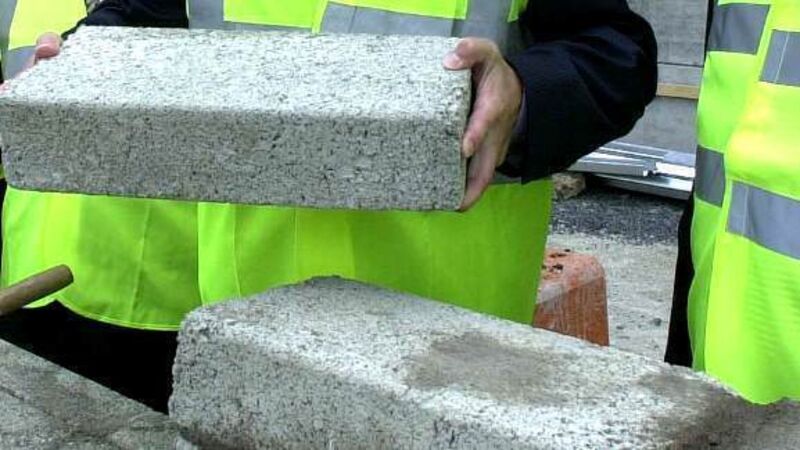Construction shows some stabilisation

The Ulster Bank Index had a reading of 43 last month, which was an increase on the 42.6 in November. Anything below 50 means that the sector is contracting.
Although the reading may have signalled a further steep reduction in activity, the rate of decline has eased slightly to the weakest level since 2012. Moreover, the building firms canvassed for the survey expected a stabilisation in the market over the coming year on the back of improving economic conditions.
The Ulster Bank Index is broken down into three sectors: housing activity; commercial activity and civil engineering activity. Residential building is the best performing sector within the three sub-indices, although civil engineering saw the biggest pick-up in activity between November and December last year.
The rate of job cuts slowed at the end of 2012 but it remains very weak. New orders also remain very weak but are not falling off as quickly as previous months.
Commenting on the survey, Simon Barry, chief economist Republic of Ireland at Ulster Bank, said: “The Irish construction sector ended 2012 on a weak note. The December reading points to ongoing and broad-based declines in construction, as activity continues to slide across the three main sub-sectors — residential, commercial and civil engineering.
“Looking back over 2012, it is clear the construction industry continued to face an extremely challenging environment, with last year marking the sixth year in a row of contraction (the PMI has averaged below the break-even threshold of 50 each year since 2007).
“One disappointing aspect of the sector’s performance in 2012 was that the hoped-for stabilisation failed to materialise, and the industry continues to be dogged by recessionary conditions, including persisting falls in new work orders and employment levels.
Mr Barry added: “There is some level of optimism within the industry that activity levels may start to show improvement as Irish construction firms look 12 months ahead.”
















